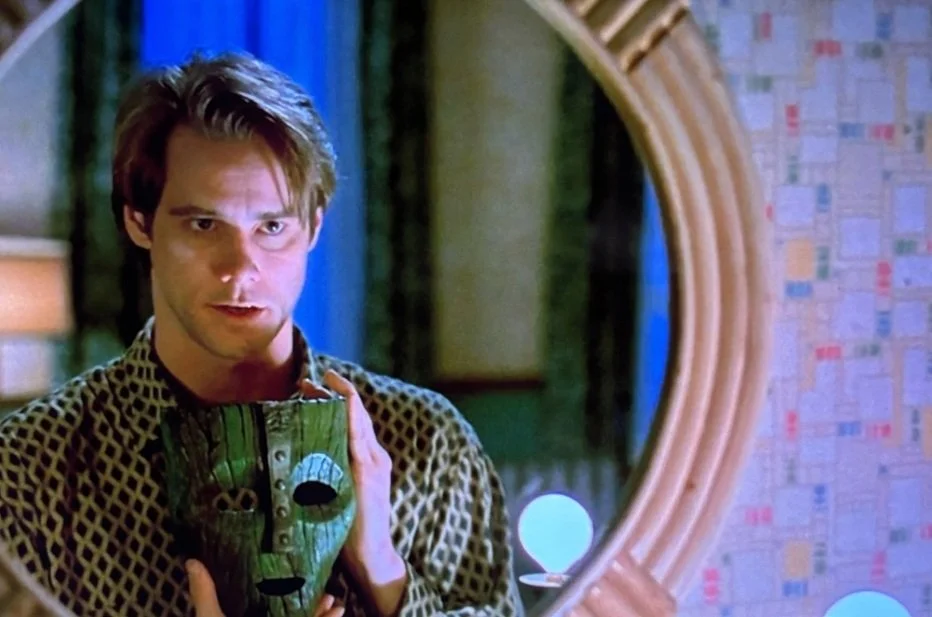Do you have a hard time asking for help? Hyper-independence actually creates more problems than it solves. Learn what counterdependence is, and how to grow beyond it.
3 Lessons Plants Taught Me
Nervous System Health: Stuck On & Stuck Off
When traumatic events throw healthy nervous systems off track, we can get into “stuck on” and “stuck off” modes, making it hard to balance between relaxed and alert. When we’re stuck in these modes, we fall back to our habitual reactive patterns. This post can help you determine if your nervous system is stuck “on” or “off.”
Who is the Highly Sensitive Person (HSP)?
The Highly Sensitive Person (HSP) is someone who has the four distinctive traits DOES: (D) Depth of Processing, (O) Overstimulation, (E) Emotional Reactivity & Empathy, and (S) Sensitivity to Subtle Stimuli. HSPs help our society become more empathic, reflective, and interconnected. Learn more about life as an HSP and their specific needs.
Life Timeline: A Bird's-Eye View of Your Life
Top 10 List: Using Memories to Change Your Life
Enneagram Type Four: What It's Like
What's Your New Year's Intention?
How to Ground in Uncertain Times
How Couples Stop Conflict (Part I): Stuck in Gridlock
Conflict is an important and inevitable part of a couple's mission to create a vibrant life together. However, some forms of conflict are helpful and constructive and lead to a WIN-WIN, whereas others are hurtful and unproductive and lead to a LOSE-LOSE. Are you finding yourself in a gridlock with your partner? Read more about how to get onto the same page with your partner.























